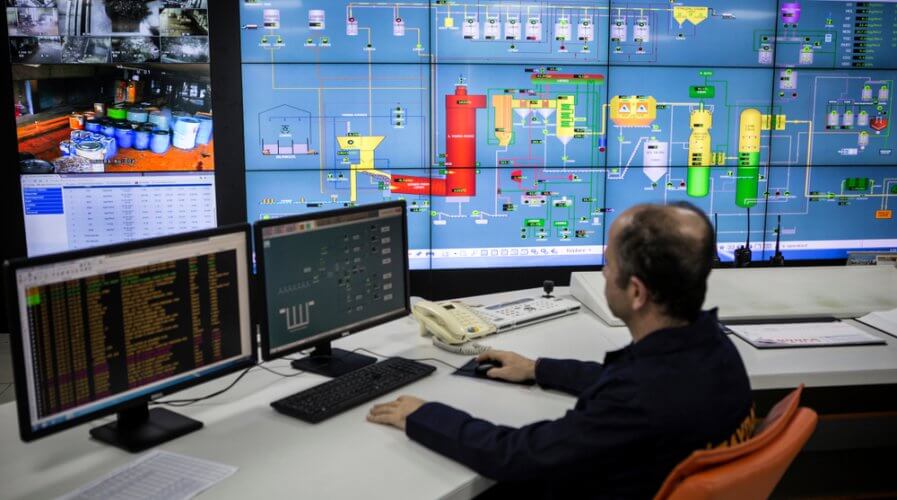
5G and IoT can bring connected factories to life. Source: Shutterstock
Why 5G and IoT are a great combination for enterprise leaders
BUSINESSES exploring emerging technologies such as 5G and the internet of things (IoT) are slowly finding that the whole is greater than the sum of parts.
Using a combination of technologies not only delivers greater value in terms of cost and efficiency but also creates new opportunities for the business and its clients.
When 5G is launched and added into the IoT-based ecosystem that organizations are creating within their facilities in factories, workshops, and warehouses, it is believed that IoT will really come to life.
Given the quality, quantity, and speed of data transfers 5G makes possible, the network seems like the missing ingredient that will bring IoT and the vision for Industry 4.0 to life.
BMW, one of the early adopters of IoT, recently announced that it has deployed 5G at its facility in China. The company said it sees the potential of 5G technology in many areas of production.
Possible 5G application scenarios that the company sees include augmented reality, cloud-based control of autonomous transport systems, human-machine interaction using mobile smart devices, robot-to-robot communications, and communication between robotic systems and the control center.
Others too, with private or public 5G deployments, can take production and operations control to new heights. Here are some examples of what 5G and IoT can do for business leaders:
# 1 | Real-time data and insights
When machines and tools have sensors embedded in them, companies can review the performance of every piece of equipment and gauge how they’re used by workers.
As a result, the organization can gain insights into productivity and performance, in real-time and understand whether some of the machines are making workers slow and if workers struggle to operate some of the equipment. In a ‘connected factory’, all this data can be optimized because it is readily available.
# 2 | Predictive maintenance
When organizations are tuned into their machines and are constantly receiving data about performance, it’s easy for managers to plug that data into a model and estimate the life of the machines and when they’ll need maintenance.
As a result, organizations are able to find the right time to repair and service equipment (ideally outside of regular working hours) which helps prevent downtime in the factory.
# 3 | Tactical location benefits
When everything in the factory is connected via a digital mesh, it’s easy to track tools that are left unattended.
At the end of the day, in practical situations, tools and equipment must serve the workers. If they’re able to focus on their job and not worry about losing track of items issued to them for use, they’ll be much more productive.
# 4 | Paving the way for automation
One of the most important steps to (complete or near-complete) automation in a factory is the building of a digital mesh and a connected environment.
That’s the first step to automating tasks as businesses can pick out what functions are most challenging and time-consuming and tackle them first, then move on to others, slowly automating the entire factory.
# 5 | Providing client insights
A key benefit of building a ‘connected factory’ is being able to provide clients with API access to certain aspects of your production process, helping them track their order in real-time.
Clients can benefit from such insights as it can help them better plan and manage their own production process – and for manufacturers that offer such capabilities, it is easier to forge a strong relationship with the client.
READ MORE
- Ethical AI: The renewed importance of safeguarding data and customer privacy in Generative AI applications
- How Japan balances AI-driven opportunities with cybersecurity needs
- Deploying SASE: Benchmarking your approach
- Insurance everywhere all at once: the digital transformation of the APAC insurance industry
- Google parent Alphabet eyes HubSpot: A potential acquisition shaping the future of CRM


